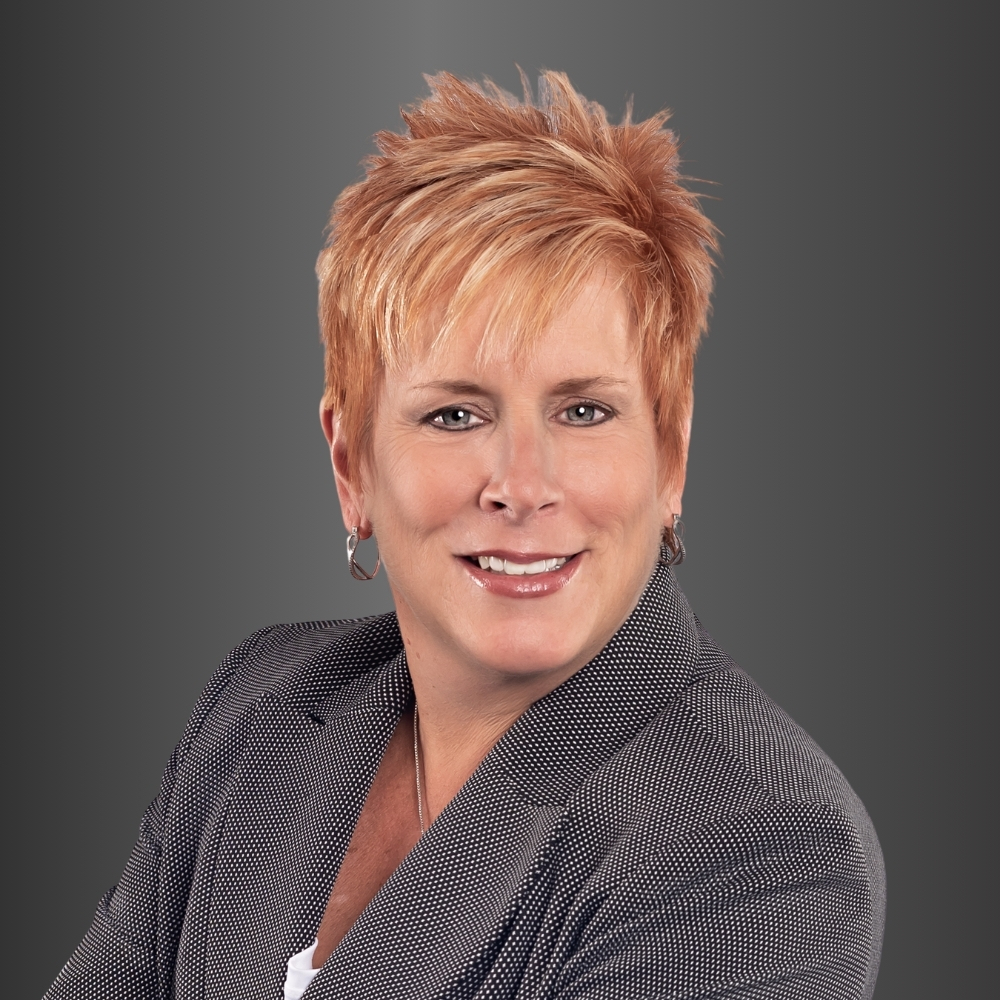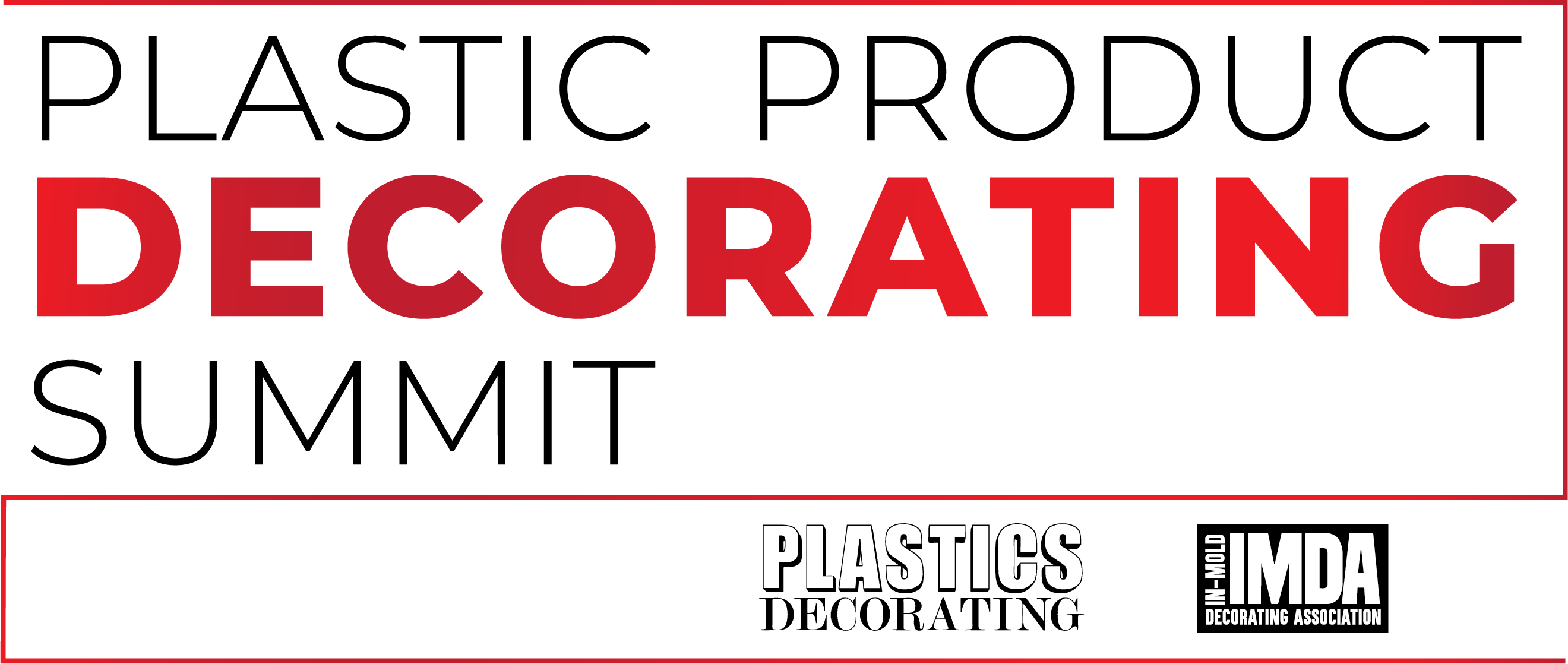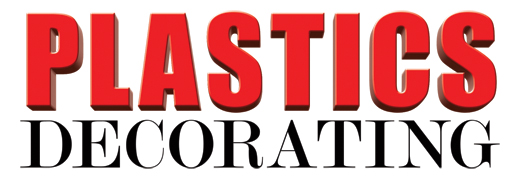- milwaukee, wisconsin
- 18-20 September 2024
Plastic product decorating summit
Sessions
Thursday, September 19th
Keynote
Presentation

Speaker:
Laurie Harbour, Partner, Wipfli
Market Trends and Economic Factors Affecting the Plastics Industry
The North American plastics industry has faced a series of highs and lows over the past four years, creating a challenging business landscape. Looking forward we continue to see instability in the manufacturing marketplace. To be successful in our “current reality,” manufacturing leadership needs to be proactive. In addition to providing insights from the 2024 Harbour IQ powered by Wipfli Manufacturing Benchmarking Study, Laurie Harbour, partner at Wipfli, will discuss what manufacturers need to do to increase their flexibility to better manage business ebbs and flows. She will also explore what levers need to be pulled if your business needs to hunker down.
General Session
All Attendees
Recyclability of Decorated Plastics: A Conversation with APR
Speaker: Ruben Nance, Association of Plastics Recyclers (APR)
Choices in packaging decoration can make or break a product’s ability to be recycled. Join the Association of Plastics Recyclers (APR) to learn more about design for recyclability and the influence of EPR.
Determining the Best Surface Treatment Process for Plastics Decorating Applications
Speaker: Aaron Hootkin, Enercon
In-line atmospheric plasma and flame surface treaters clean, micro-etch and functionalize surfaces to increase free surface energy and promote adhesion on a wide variety of plastics and composites. While they are popular choices for improving bond strength, increasing throughput, and replacing manual processes and hazardous primers, there is confusion on how these technologies work and what parameters should be considered when selecting and implementing a specific technology. In this presentation, we’ll explain the similarities & differences of each technology including how they are created and how they each affect surfaces differently. Industrial decorating and assembly application examples will be shared as well as lab data which will compare the effectiveness of surface treatment technologies on a variety of substrates.
In-Mold Electronics: Definitions, Applications and Challenges
Speakers: Paul O’Hearn, Profile Plastics; Dick Holcomb, Nissha USA
Electronic components are being integrated into plastic parts in a variety of applications – healthcare, automotive, appliance and more. In this panel, learn more about what in-mold electronics (IME) are, the variety of applications in which circuits and active buttons are used, and the challenges in implementing electronics capabilities into a molded plastic part.
Achieving Excellence in Backlit Decorated Plastics
Speaker: Paul Uglum, Uglum Consulting
One of the many useful features of decorated plastic is its ability to provide selective backlighting. Backlighting can significantly increase the value of a decorated part. How to choose the best option to achieve the desired visual appearance and functionality requires knowledge both of the decorating technique and the backlighting optics. Applicable technologies and their capabilities, backlight measurement and critical design considerations will be reviewed.
How Post-Processing Enables Additive Parts to Further Advance Traditional Methods
Speaker: Mike Schorr, DyeMansion NA Inc.
Traditional manufacturing along with traditional methods of applying decorative finishes have long been proven across many industries. Within the last decade this philosophy has been challenged by additive manufacturing, giving freedom of design of not just tooling, but also final product. This innovative and fast paced technology has been pushing in both metal and Polymer applications, but has also found it hard to break the barrier of acceptance as compared to traditional methods. It has been the unfortunate approach that has put a competitive position of Additive vs. Traditional methods. However now, this concept is starting to take a turn and position as an innovative approach of how to further enable traditional methods and push boundaries that haven’t been done before, in speed, design and cost. Taking this even further is the benefit of using the right type of post-processing steps in which can enable both final products, but also simply the production process of traditional methods. Listen as Mike Schorr shares insight to some real world examples and show cases particular methods which can truly help improve the mindset moving forward.
direct to object decorating Track
Automation and Robotics for Pad Printing and Hot Stamping
Speakers: Chris DeMell, ITW IDS; Micah Swett, Diversified Printing Techniques
Automation and robotics continue to be a topic of discussion for all types of plastics decorating applications and have become more prominent in recent years. The panel will discuss how processes such as pad printing and hot stamping are now including automated lines to increase production speeds, decrease defects, and decrease overall labor costs. It will include recent trends in automation and robotics, when does automation and robotics make sense, and troubleshooting robotic solutions.
Heat Transfers and Polymer-Fusion Labels – Technologies and Advantages
Speakers: Kamla De La Haye, Polyfuze; Eric Steinwachs, CDigital
This panel will discuss the advantages that heat transfers and polymer-fused labels offer. It will include information on the best applications for transfers, advantages as a direct-to-object decorating solution, and sustainability advantages. It also will discuss how these technologies can be applied with lesser skilled labor and still provide a professional full-color effect for short and long run projects.
In-mold Decorating / Labeling Track
Designing Automation for IML and IMD
Speakers: Paul Torbidone, StackTeck Systems Ltd.; Nick Rohrig, Sussex IM
Automation is the foundation of in-mold production processes and should be the starting point for every new product line development project. What are the considerations when adding robotics, conveyors, label stackers and other automated equipment to the production line? Join the experts in this discussion and find out.
Start with the Substrate: Understanding Label and Film Options
Speakers: Bob Travis, InkWorks; Carlos Diaz, Innovia; Cynthia Palmer, Taghleef Industries
The label substrate is the starting point in conversations about look, feel, design possibilities, molding compatibility and automation requirements. It’s also incredibly important in discussions about the recyclability of the end product. When beginning an in-mold labeling or decorating project, what questions should be asked about substrate possibilities, and what options are in the market today?
general session
All Attendees
On the Clock: Rapid-Fire Business Solutions
Speakers: Michael Devereux, Wipfli; Dianna Brodine, IMDA
Join Mike Devereux and Dianna Brodine as they tackle some of the common business challenges in this quick exchange of actionable ideas learned through visits and plant tours with plastics manufacturers.
- employee hiring and retention
- tax credits
- operational efficiencies
- information security
- and more!
Decorating Options for Realistic, Tactile and Textured Surfaces
Speakers: Joe Klahn, Serigraph; Paul Rye, Kurz Transfer Products
Consumer purchasing decisions often comes down to the “feel” of a product – the way their senses react to a luxury, authentic appearance. Today, concerns about lightweighting, product durability and sustainable production are at war with the consumers’ desire for a premium experience. These expert panelists share the design trends and production methods that result in realistic, tactile and textured surfaces in plastic parts for a variety of industries.
Food & Beverage Packaging Choices: In-Mold Labels vs. the other guys (Flexible packaging, Shrink sleeves, Pressure-sensitive adhesives)
Speakers: Dean Hanawalt, Winpak Portion Packaging Inc.; Alex Dott, Vibrant Graphics, LLC; Adam Boehlke, Inland
In the food and beverage market (among others), the challenge isn’t convincing brand owners that IML/IMD is a good decorating and labeling choice. Instead, the challenge is convincing them it’s a better choice than “the other guys.” In this session, panelists will discuss the barriers when selling IML/IMD and the advantages in-mold technology brings to the food-and-beverage table.
Friday, September 20th
General Session
All Attendees
Conference education continues on Friday morning with TWO plant tours.
InkWorks Printing Plant tour
Entrepreneurs Bob Travis and John Jensen started InkWorks in 2009 with a mission to innovate the in-mold labeling and pressure-sensitive labels world by not only showing customers what they needed but also inspiring them with new ways to achieve their goals. The company started with three employees and one HP Indigo 4500 digital printer. Today, its thriving business operates with four HP Indigo printers, laminators, diecutters and laser cutters. InkWorks has proprietary IML solutions for fusion into ABS, polycarbonate, polypropylene and polyethylene. The team concentrates on the best label separation, static charging receptivity and ultimate bond, with a deep understanding of the entire process, from automation to in-mold performance to intended end use.
PolyFab Plant Tour
At Polyfab LLC, a part of the DAIHO Group since 2020, the goal is to add maximum value to its customers’ highly diverse injection molding projects in markets ranging from consumer products and home/commercial building improvement to consumer packaging and medical. From complete cellular manufacturing solutions to detailed part decorating and custom packaging, the company’s full-service capabilities allow it to meet today’s precision requirements while exceeding customer expectations. Its value-added offerings include post-mold component assembly (whether for multiple injection-molded parts or third-party component installation), in-mold decorating for custom part marking and decorative features and automatic bar coding.




